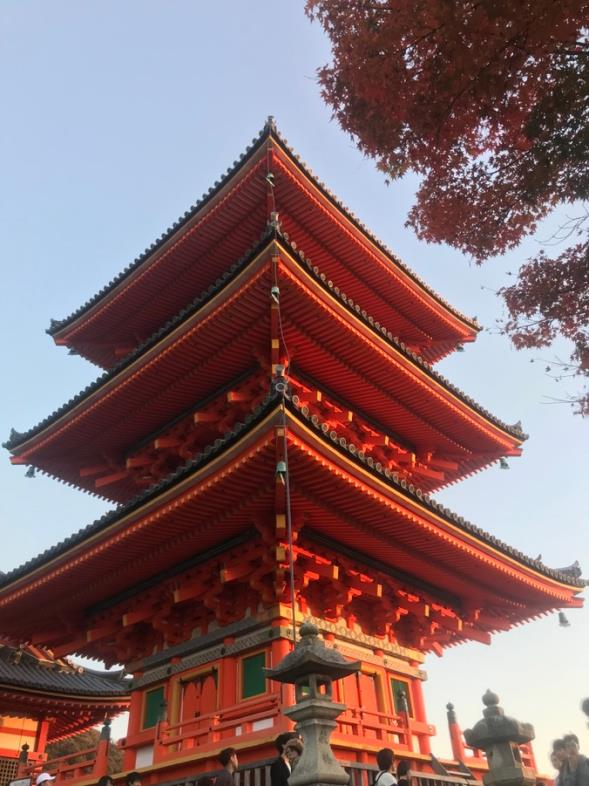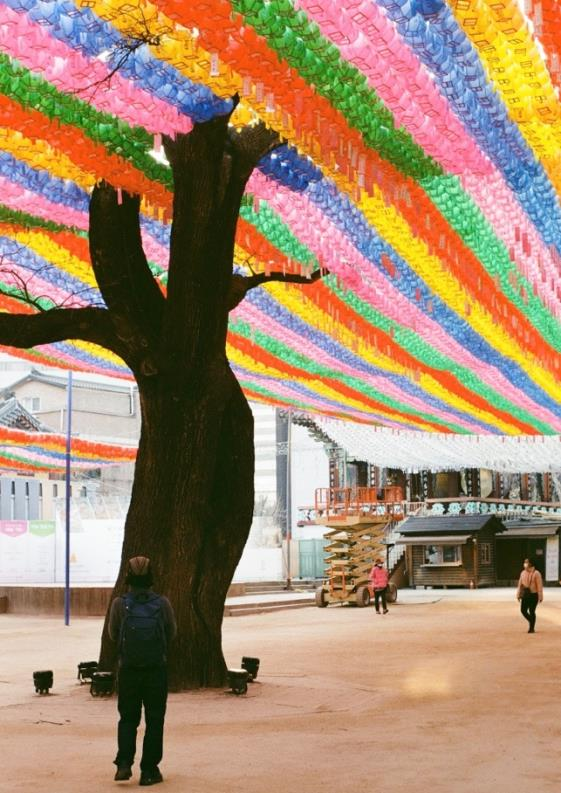The year abroad was one of the key highlights of my university experience and I would do it again if I could. I would highly recommend getting out of your comfort zone and experiencing a completely different country. Considering we study International Development I thought it would be important to see and experience the countries that we discuss in class to have a deeper understanding beyond what is taught at King’s. I chose the 3-campus program as I had never been to East Asia and was curious to see it after my curiosity was spiked in the second-year module on East Asian Development. Having lived in Thailand and travelled across South East Asia, I was curious to see the differences across Asian countries and see whether my perception of Japan, Korea and Hong Kong was true or whether these views would be shattered.
Moving to Tokyo was the biggest cultural shock I had ever experienced. Tokyo, being one of the busiest capitals in the world with 37.393 million inhabitants, felt very overwhelming at first and made London seem quite small. The first few weeks trying to grasp public transport without speaking any Japanese felt quite daunting. However, after a few weeks, Japan became a place full of new and exciting opportunities where every day consisted of exploring the busy capital from seeing sumo championship, to exploring Tokyo’s Buddhist and Shinto temples, to karaoke, to Matsuris, to making soba noodles, to the busy streets of Harajuku and Shibuya. We also had the opportunity to explore other cities in Japan such as Osaka, Nikko, Kyoto and Karuizawa, which allowed us to see national cultural differences. For example, walking around Osaka was quite confusing as everyone would walk on the right whereas in Tokyo everyone would walk on the left! Having never been a foodie I quickly became obsessed with Japanese food and did occasionally feel the need to post it on my Instagram. I formed quite a strong attachment to Japan and really got to appreciate the duality of modernity and tradition that shapes the country.


I had no idea what to expect from South Korea, the few times I was exposed to Korea was in my history lessons, a class we had on South Korean development in second-year and eating Korean barbeque. Unlike many people that chose to go to Korea I had never watched any K-
dramas or listened to K-pop, which would soon change. When I landed in Seoul, Korea had one of the highest rates of Covid-19 cases in the world. Yet, I was extremely excited to explore Korea. Even though corona cases were pretty bad we were extremely lucky to be in Korea where there was no lockdown and a sense that the Korean government knew how to control the disease. This meant that we were still able to explore a lot of the country. We travelled to Jeju island (to climb Hallasan mountain and in the hope of seeing the Haenyo divers), Busan
(for the seafood), Gwangju (for its history), Yeosu and Tongyeong. Korean people were extremely nice and welcoming and even if there was a language barrier they were always happy to chat or help. I quickly appreciated Korea, what it had to offer and its impressive ability to cope with the pandemic.


For summer we were supposed to go to Hong Kong for our internships, this, unfortunately, did not happen because of the protests and the pandemic. Yet, I still felt extremely grateful for having been able to live in Tokyo and Seoul and look forward to going back there to continue exploring these two countries.
Some of the key highlights of going on a year abroad are the people you get to meet. I got to meet people from all over the world which led to some interesting discussions about cultural differences. Getting to know Japanese and Korean people was really helpful as they would show us around Tokyo and Seoul from a local perspective and explain to us cultural norms such as how the Japanese communication style reflects power relations. Other examples would be that in Tokyo it is frowned upon to eat in the streets or to talk on public transport. We also got to meet people from Australia, Switzerland, China and Vietnam which opens more doors and places to travel to. Another key highlight would be the food. Eating out in Tokyo and Seoul was not that expensive, especially when going to food markets such as Gwangjang market in Seoul. Trying new foods also made me more curious and made me want to try and experience more.


In terms of academics, I had some interesting lessons that allowed me to further my understanding of these countries. It was interesting to compare how some of these topics are taught at King’s in comparison to Keio and Yonsei. I took a course on Japanese migration policies which was interesting to contrast to the Migration and development course at King’s, to see how perspectives regarding migration change across the world. I also had the opportunity to take lessons that are not offered at Kings such as the role of Buddhism in social justice, Modern history of Korea and international security.
Overall, the year abroad is an incredible and enriching experience and I would encourage anyone to jump onto the opportunity. Many students from my cohort argued that they were already abroad and did not see the point. However, I believe the more experiences abroad you get the better you can understand why there are such differences across the world and apply your knowledge to International Development. It is a great opportunity and one question that I kept asking myself is when else would I be able to get this experience?
